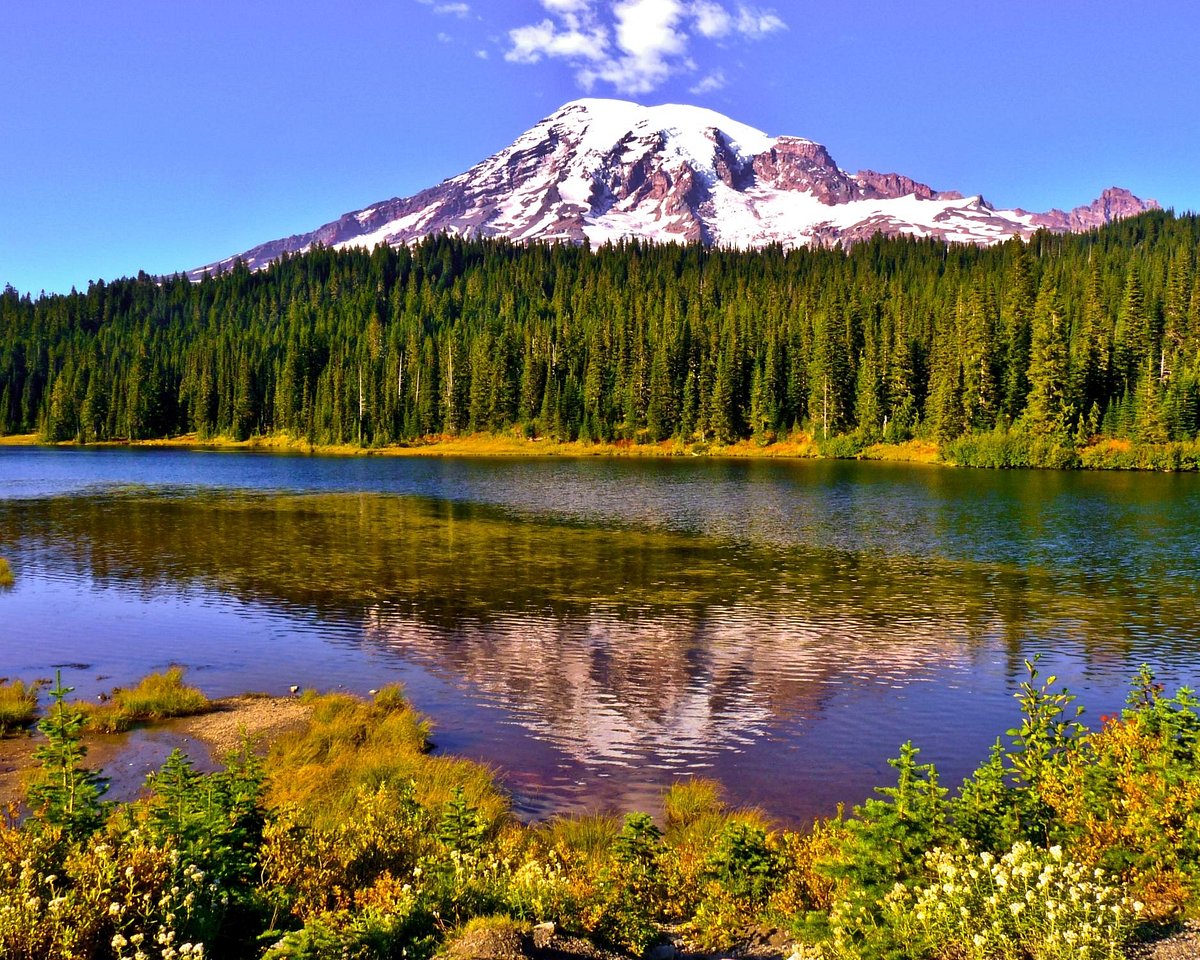Over 400 small earthquakes have been recorded at Mount Rainier in Washington, raising concerns about potential volcanic activity. While experts say there’s no immediate threat, monitoring has increased. Learn what this seismic swarm means, expert insights, and what residents near the active volcano should know.

1. Introduction
In recent days, scientists have recorded hundreds of small earthquakes beneath Mount Rainier, one of the most closely monitored volcanoes in the United States. The activity, known as a seismic swarm, has sparked renewed attention from geologists and raised public curiosity and concern about the potential for future volcanic activity.
2. What’s Happening at Mount Rainier?
According to the U.S. Geological Survey (USGS) and the Pacific Northwest Seismic Network (PNSN), more than 400 earthquakes have occurred beneath the southeastern flank of Mount Rainier since late June 2025. Most of the quakes were magnitude 1.0 or lower, with a few reaching up to magnitude 2.3.
Mount Rainier, standing at 14,411 feet, is a stratovolcano and part of the Cascade Range, which includes other active volcanoes like Mount St. Helens and Mount Hood.
3. Timeline of Earthquake Activity
The seismic swarm began on June 27, 2025, and quickly escalated in frequency.
- June 27–July 3: Over 200 quakes detected
- July 4–6: Another 150 tremors recorded
- July 7–8: Activity slowed, though monitoring continues
Most quakes occurred at shallow depths (1 to 3 miles beneath the surface), typical of swarms observed in volcanic regions.
4. Understanding Earthquake Swarms
Unlike isolated earthquakes, a seismic swarm is a series of earthquakes clustered in time and space without a single large mainshock. Swarms can result from:
- Magma moving underground
- Hydrothermal fluid shifts
- Tectonic plate adjustments
While swarms often occur around volcanoes, they do not necessarily indicate that an eruption is imminent.
5. Is There a Volcanic Eruption Risk?
So far, USGS has not raised the alert level for Mount Rainier, which remains at “Normal” (Green)—the lowest level on the Volcano Alert Level system. There are currently:
- No signs of ground deformation
- No unusual gas emissions
- No thermal anomalies detected
However, experts stress that Mount Rainier is considered one of the most dangerous volcanoes in the U.S. due to its massive glacial cover and potential for devastating lahars (volcanic mudflows) in the event of an eruption.
6. How Experts Are Responding
Geologists and volcanologists are closely monitoring the situation. Enhanced monitoring includes:
- Real-time seismic activity updates
- Satellite-based deformation tracking
- Ground sensors measuring volcanic gases
The Cascades Volcano Observatory is coordinating with local emergency management to keep the public informed. As a precaution, scientists are reviewing contingency plans for communities in nearby counties such as Pierce, King, and Lewis.
7. What Residents Should Know
While the current activity is not cause for panic, experts advise residents living near Mount Rainier to:
- Stay informed via USGS and local emergency updates
- Have an emergency plan in place
- Be familiar with lahar evacuation routes, particularly in communities like Orting, Puyallup, and Sumner
Mount Rainier has not erupted in over 1,000 years, but its volcanic history and proximity to populated areas make vigilance essential.
8. Conclusion
The detection of hundreds of small earthquakes beneath Mount Rainier is a reminder of the powerful natural forces beneath our feet. While there is no immediate danger, the event highlights the importance of continued monitoring and public preparedness. With vigilant observation and clear communication from scientific agencies, residents can remain both informed and safe.

